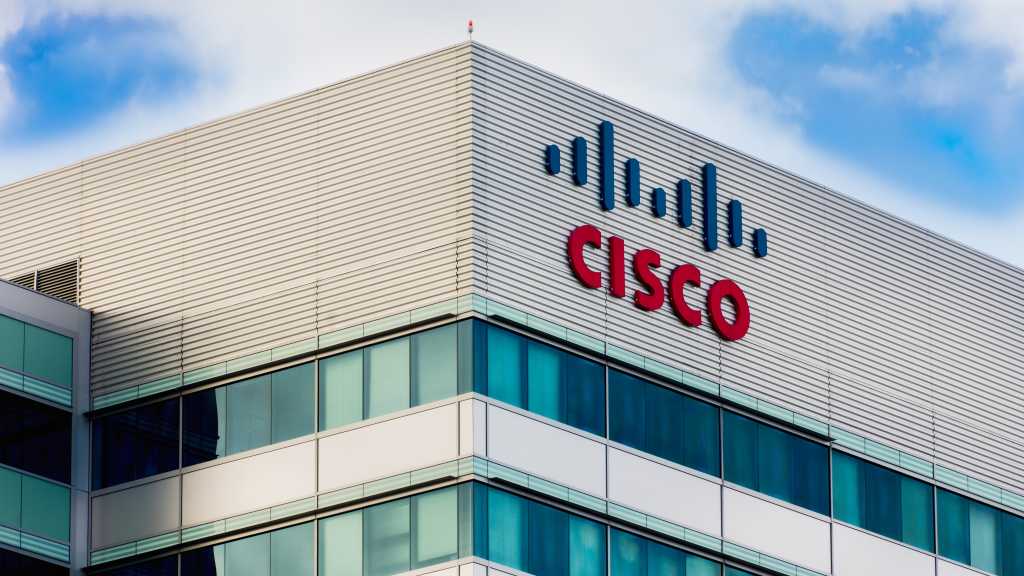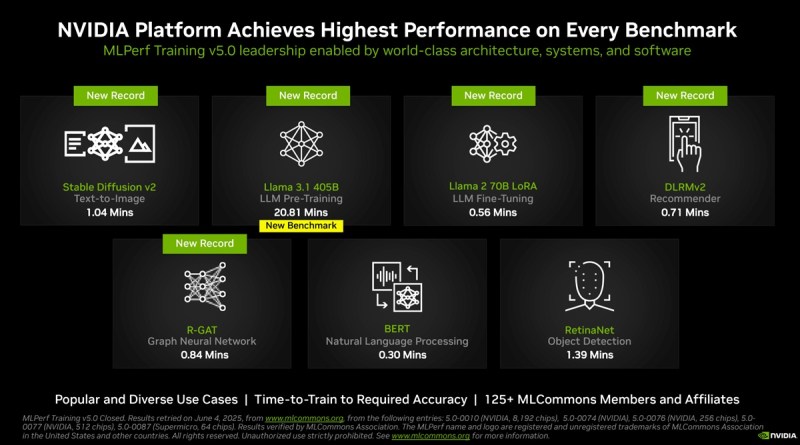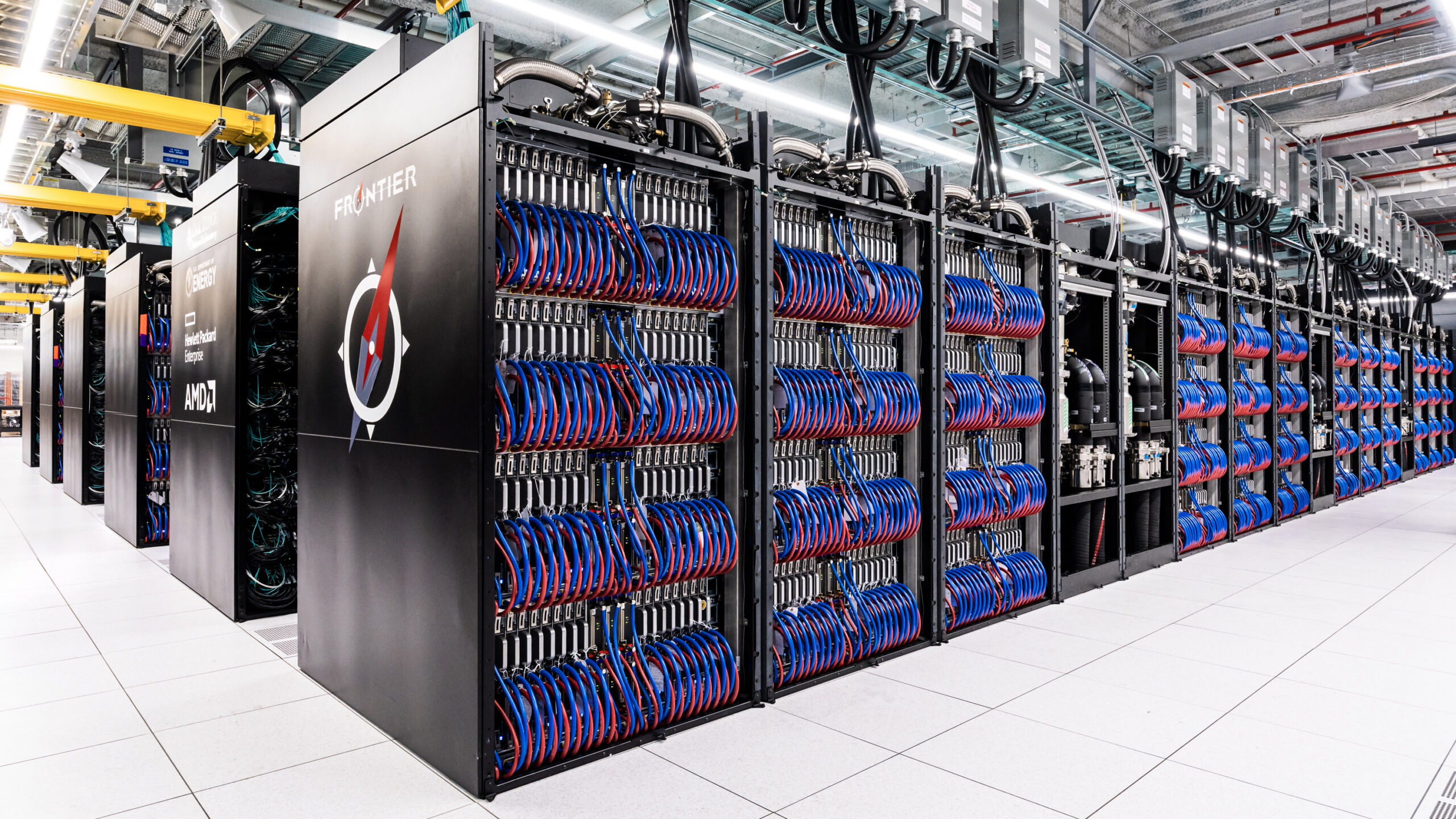
The Trump administration is moving to repeal Biden-era curbs blocking oil drilling across most of the mammoth petroleum reserve in Alaska that’s home to an estimated 8.7 billion barrels of recoverable oil.
Interior Secretary Doug Burgum announced the planned policy shift late Sunday at a town hall in Utqiagvik, a village on the Chukchi Sea coast, as he and fellow members of President Donald Trump’s cabinet visit Alaska to promote energy development in the region.
The measure would open up new opportunities for oil and gas development in the 23 million-acre National Petroleum Reserve-Alaska, an Indiana-sized parcel in the northwest of the state that was set aside as a source of energy for the Navy a century ago.
The action responds to a directive Trump issued after his inauguration in January, when he signed an executive order compelling a host of policy changes meant to expand oil, natural gas and mineral development in Alaska.
The reserve holds an estimated 8.7 billion barrels of recoverable oil, according to a 2017 assessment by the US Geological Survey. And its production is set to skyrocket, with the development of recent discoveries. Alaska has forecast that crude production from the reserve will climb to 139,600 barrels per day in fiscal 2033, up from 15,800 barrels per day in fiscal 2023.
Trump’s measure would repeal a 2024 rule imposed under former President Joe Biden, which designated 13 million acres of the reserve as “special areas,” limiting future oil and gas leasing, while maintaining leasing prohibitions on 10.6 million acres of the NPR-A.
The rule has complicated future oil drilling and production in the reserve where companies including ConocoPhillips, Santos Ltd., Repsol SA and Armstrong Oil & Gas Inc. have been active. ConocoPhillips is developing its 600-million-barrel Willow project in the refuge, which is expected to produce first oil in 2029.
Burgum’s announcement was greeted by applause inside a heritage center in Utqiagvik, where local residents had gathered to speak with officials from the Trump administration, as well as Senator Dan Sullivan and Alaska Governor Mike Dunleavy, about resource development. Burgum, who leads the National Energy Dominance Council, was joined by the panel’s vice chair, Energy Secretary Chris Wright and Environmental Protection Agency Administrator Lee Zeldin.
Wright said he anticipated increased oil development in Alaska — possibly quadrupling oil output on its prolific North Slope — and decried years of policies he said were “smothering” the region’s potential.
Rex Rock Sr., the head of the Arctic Slope Regional Corporation, one of 13 Alaska Native Regional Corporations created under federal law, said that the 2024 rule restricting energy development in the far north didn’t have the backing of the region.
Conservationists called Biden’s rule essential to protect a large stretch of unspoiled land in the Arctic, a vast region of tundra and wetlands that teems with wildlife. And they condemned the decision to unwind it Monday, calling it part of a broader Trump administration bid to give oil companies free rein to exploit public lands without sufficient safeguards for wildlife, fish or the indigenous people who depend on them for subsistence.
“Everyone who cares about public lands and is concerned about the climate crisis should be outraged by this move to exploit America’s public lands for the benefit of corporations and the president’s wealthy donors,” said Matt Jackson, Alaska senior manager for the Wilderness Society. “The Trump administration is destroying safeguards for globally significant and invaluable resources and the local communities who depend on them for their way of life.”
Beyond local conservation concerns, climate activists have opposed new oil development – especially of the scale promised on Alaska’s north slope, arguing there is no room for that crude in a warming world.
The new proposal will give the public 60 days to comment, setting the stage for a potentially rapid reversal and new leasing in the reserve. Conservationists who cheered the original protections could seek to challenge the pivot in federal court.
WHAT DO YOU THINK?
Generated by readers, the comments included herein do not reflect the views and opinions of Rigzone. All comments are subject to editorial review. Off-topic, inappropriate or insulting comments will be removed.






















